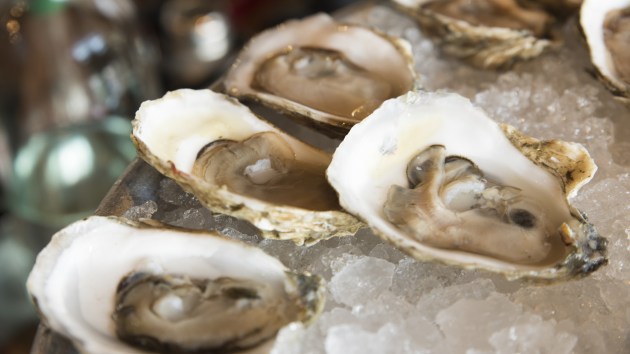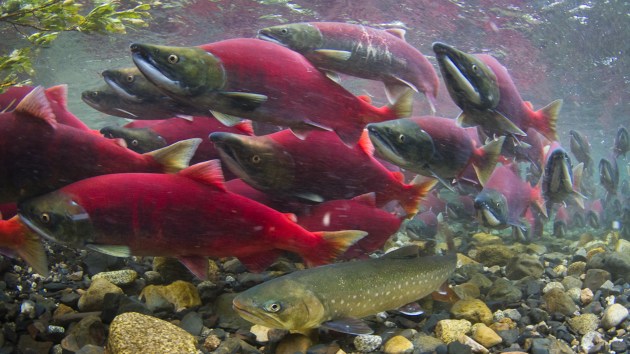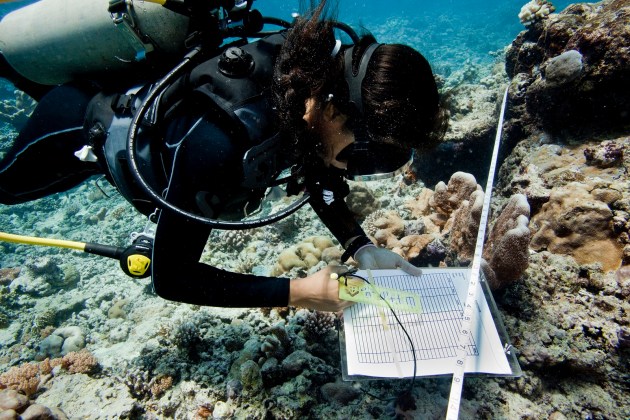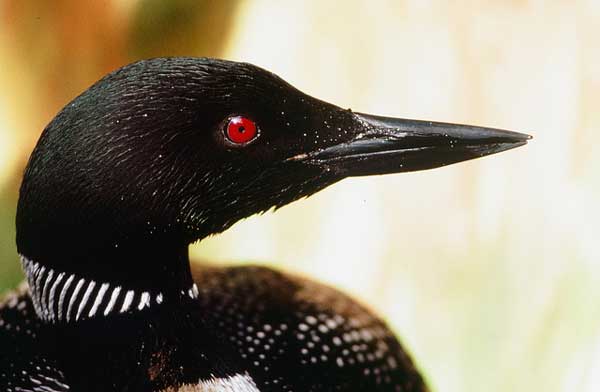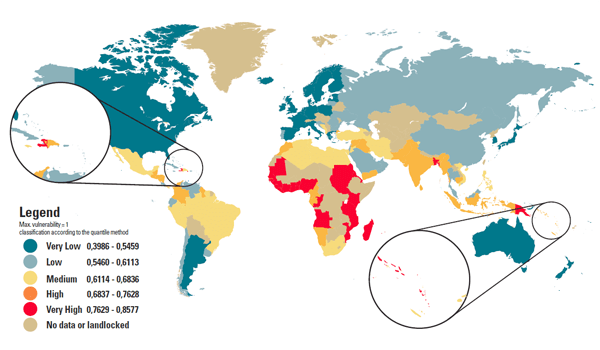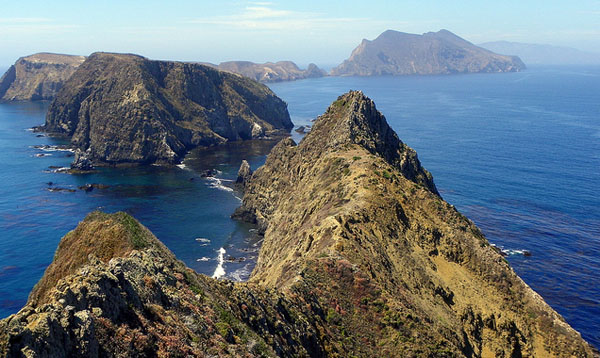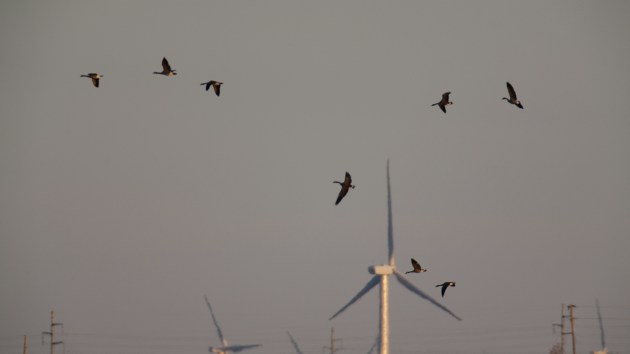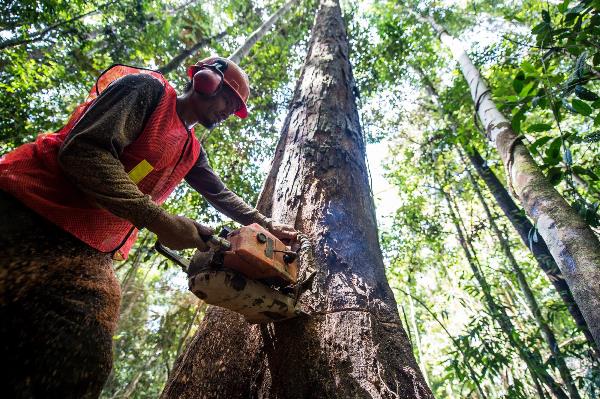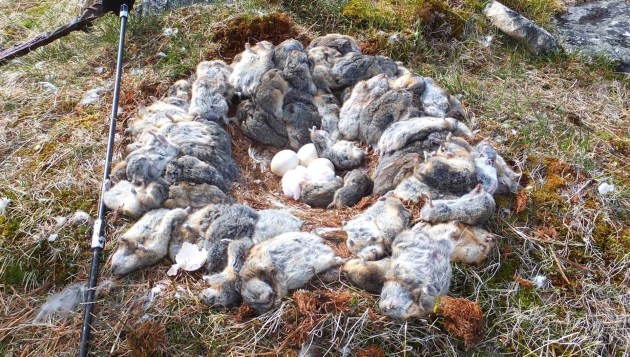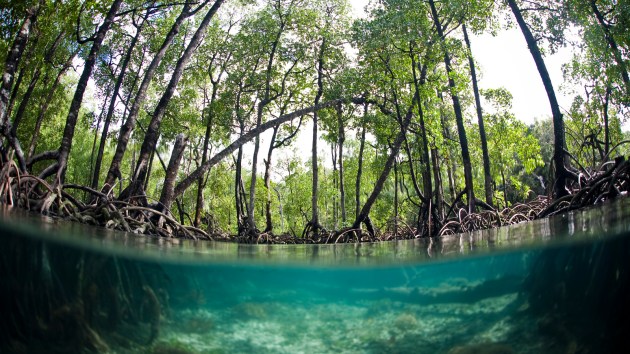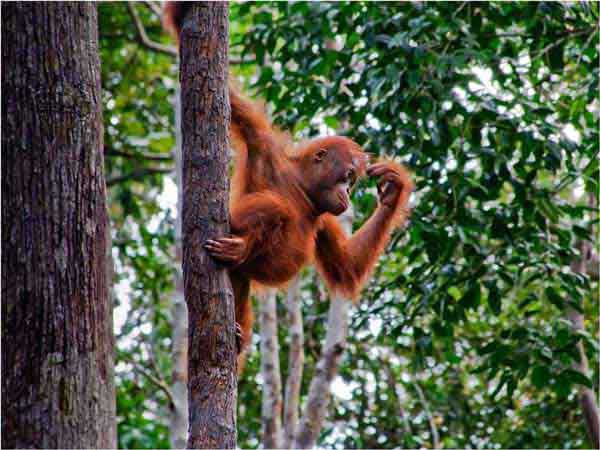Discover stories in Climate Change
Recent Study Pinpoints Where Ocean Acidification Will Hit Hardest
New research reveals regions and communities most vulnerable to ocean acidification’s affect on shellfisheries.
In Synch: Char & Salmon Migrations in Warming Waters
In Southeast Alaska, salmon are changing their annual migration patterns due to warming waters. Will one of their main predators -- Dolly Varden char -- adapt to the change?
Better Green Living Through Chemistry
Conservancy NatureNet Fellow Sen Zhang and colleagues announced a process that overcomes a key obstacle to wider adoption of renewable energy fuel cells: their prohibitive cost.
From Theory to Practice: Managing Coral Reefs for Resilience
Scientists and reef managers agree: the key to successful reef management is resilience. But how do you manage for resilient corals? It was hard to know. Until now.
Safe(r) Spaces for Species under Climate Change
Climate change might change everything for conservation. How can we protect biodiversity as species move & adapt? New study says conserve "flexible" landscapes.
Coasts at Risk Report Expands Thinking on Natural Hazards
Nature has an important role in preparing for, and recovering from, natural disasters on coasts around the world. A new report substantiates the link.
CSI Channel Islands: Can the Island Scrub-jay Help to Think about Climate Change?
Solving the mystery of Santa Rosa's island scrub-jays could refine thinking on how to manage vulnerable species under climate change.
Wind Turbines and Birds: What’s the Real Story?
Cats and window collisions kill more birds, but that doesn't mean conservationists should ignore the effects of wind turbines. Blogger David Mehlman takes a look at the science, and finds significant impacts to both birds and bats.
Logging Carbon by Trailing Loggers
Reduced Impact Logging (RIL) is good for our carbon footprint, right? Not consistently, say Conservancy scientists studying logging practices in Indonesia.
The Amazing Lemming: The Rodent Behind the Snowy Owl Invasion?
Lemmings shape nearly every aspect of arctic ecosystems. Could their recent abundance also be a key factor in the snowy owl invasion occurring in the eastern United States?
Science: Mangrove Forests as Incredible Carbon Stores
Based on these new findings, says Conservancy marine scientist Mark Spalding, the world should be investing a lot more in preventing mangrove loss and restoration.
How Green is Your Chainsaw?
Can a chainsaw be green? That may sound ridiculous, but in the forests of Borneo, loggers can be a critical ally in maintaining biodiversity and mitigating climate change.
